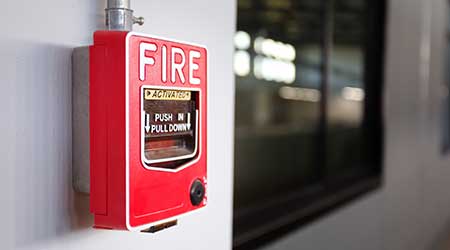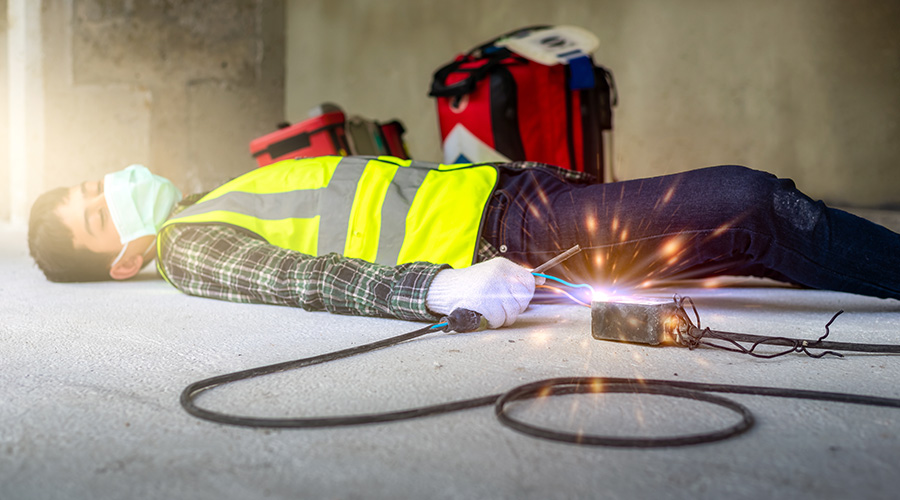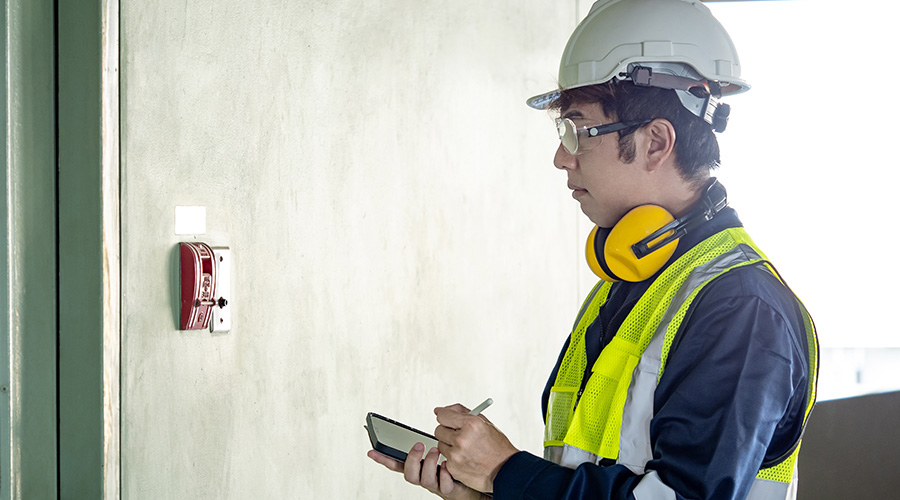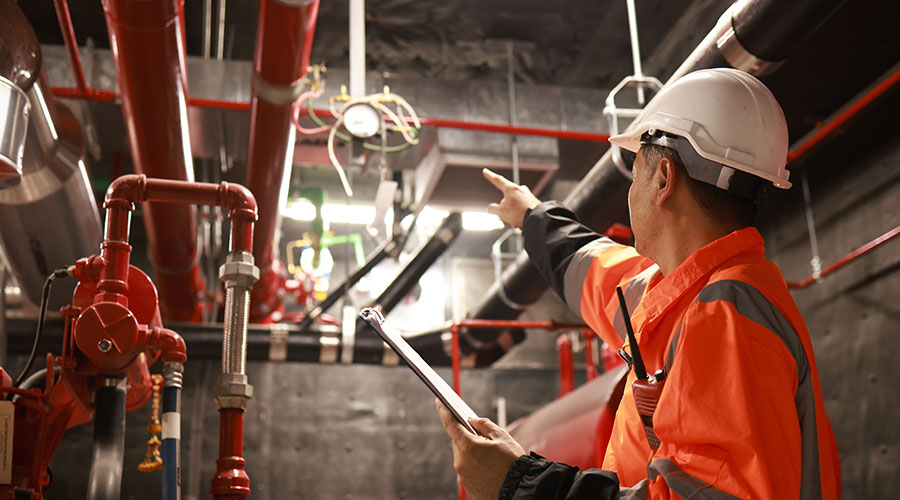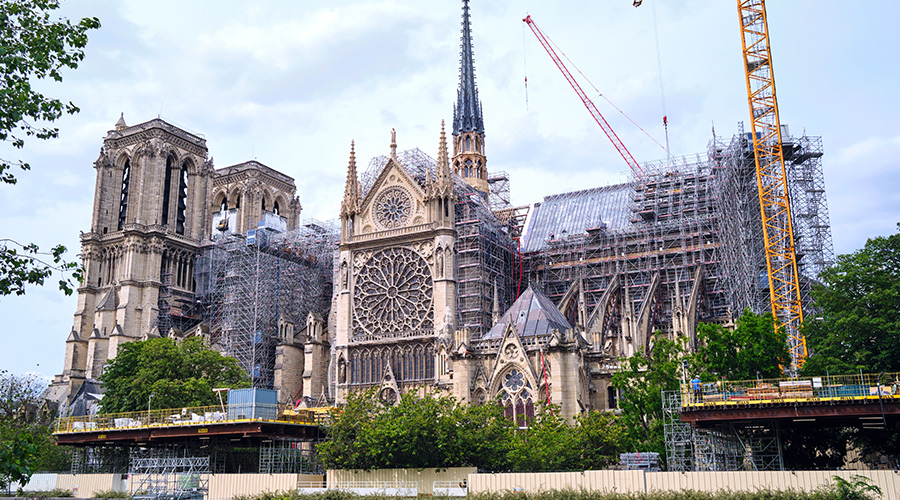Fire Protection Systems: 10 Things to Check When Closing Your Facility
As COVID-19 causes facilities to close, FMs should ensure fire/life safety systems are operational and protected from freeze up.
(Click here for all of FacilitiesNet's coverage of the coronavirus pandemic.)
Reaction to the fast-spreading COVID19 virus is causing many facilities to close across the nation. It’s important to remember that if you are leaving your building with no occupants or a limited staff for security, you should ensure all automatic protection is in place and that your response protocols match your changed occupancy. For example, you may normally plan on facility maintenance personnel to monitor fire alarm and automatic sprinkler systems.
These ten steps should be followed to ensure your systems are both operational to detect and suppress a fire, but also to avoid automatic sprinkler system freeze-up and subsequent flooding.
1. Check dry system air compressors for proper operation.
2. Ensure all valves are open that should normally be in the open position.
3. Fill diesel fuel tanks that supply emergency generation equipment (and fire pumps).
4. Confirm the fire alarm system is free of troubles and is properly reporting to the remote monitoring station (where provided).
5. Ensure troubles / supervisory conditions that are reported by the building owner’s supervising station are being closely monitored and the appropriate staff is being dispatched as needed. Many buildings rely on in-house technical staff to maintain fire alarm systems who will not be onsite during the facility closure.
6. Where existing fire alarm systems do not have supervisory / trouble conditions constantly monitored, consider providing temporary remote supervision means. (It does not need to be a UL-listed supervising station, and you may be able to take advantage of remote client software currently available from many fire alarm manufacturers).
Remember if the fire alarm system sends a supervisory signal that indicates a problem with the automatic sprinkler system, someone needs to respond to ensure it is taken care of. Additionally, a fire alarm system trouble could be indicating a loss of AC power to the building. If you have a dry pipe automatic sprinkler system, the system may charge due to the compressor having no power. The result could be a frozen pipe with a resultant flood. The same result will occur if building management wishes to turn off the building power to save electrical costs.
7. Facility managers should be cognizant of which HVAC units/zones they intend to power down (if any) and the potential impacts on addressable devices and sprinkler systems if the temperature could drop below the operational range of an addressable device or get cold enough to freeze a wet-pipe sprinkler system.
8. Do not turn off building power that serves air compressors, nitrogen generators, or other fire protection equipment.
9. Monitor the temperature in all areas where there are fire alarm control components (power supplies, alarm panels, etc.) and in all areas where water enters the building for supplying automatic sprinkler protection. Ensure the temperature monitors send the appropriate signals to the remote supervising station and ensure maintenance personnel understand the importance of responding immediately to correct low heat conditions.
10. Finally, take advantage of unoccupied buildings or building areas by performing any maintenance or repair activities which would otherwise be difficult due to routine building occupancy or operation. While buildings are empty may also be a good time to have service contractor(s) conduct quarterly, semi-annual, or annual testing and maintenance of fire protection systems.
Wayne D. Moore (wmoore@jensenhughes.com), PE, is vice president and technical fellow for Jensen Hughes.
Related Topics:








